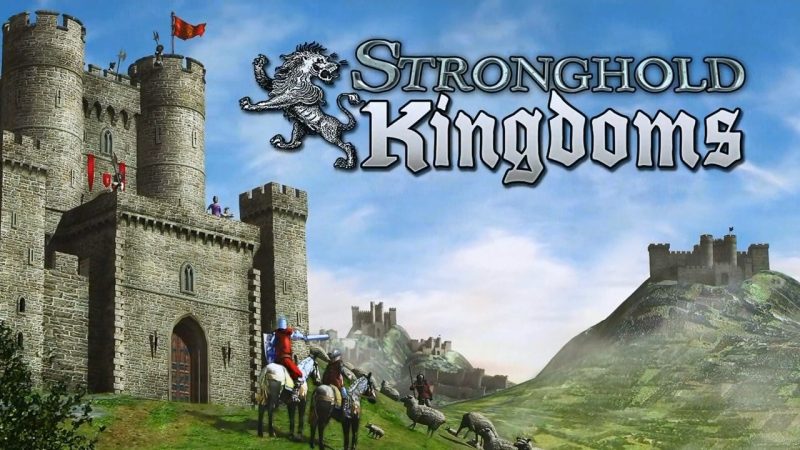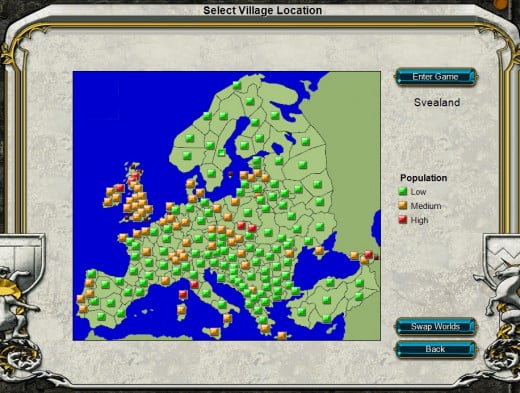

The influence of the Vikings is apparent in York and throughout Yorkshire today in many street and place names – Stonegate, Swinegate, village names ending in ‘by’ and ‘thorpe’. By AD1000 York had expanded and had some 8,000 inhabitants. A Viking kingdom which stretched from the River Tees in the north to the River Thames in the south, was under Danish control (Danelaw).

In 866, Danish Viking invaders ransacked the city and changed it’s name to Jorvick.

The Saxon system had no need of the towns or roads of Roman Britain and York’s influence declined. The Saxons, at first brought in as mercenaries, liked the place and the people so much that they decided to stay, bringing their own Germanic culture and social system to the area. Time for some protection – some bodyguards – the Saxons. A time of temporary but relative prosperity – yippee! No Roman taxes to pay! The ‘wild barbarians’ that the Romans had failed to subdue in the North, namely the Irish, Picts and Scots, dropped in from time to time to plunder this wealth.
#Move zone of my village stronghold kingdoms series#
When the Romans left in AD410, Britain again reverted to a series of little Celtic states enjoying various degrees of Romanisation. The ‘great unwashed’ were even introduced to the social institution of public baths and the country settled down to be as Roman as it could. Towns, houses and political institutions rapidly appeared. Order and discipline replaced prehistoric disorder. The famous Ninth Roman Legion settled here in AD71.īritain underwent a remarkable change as the Romanisation of the ‘civil zone’ proceeded. The Romans used these native kings and nobles to keep control over each state or canton – the native Bricantes tribes ruling most of the canton now called Yorkshire came under the control of the legionary fortress of Eburacum, thought to mean ‘a place of yew trees’ (York). The Romans found Britain divided into little states or kingdoms, each under a native king. In order to protect their toga-clad rears, the legions of Lincoln, Wroxeter and Gloucester were moved forward to York, Chester and Caerleon, these points becoming the effective limits of the ‘civil zone’. The Romans spent the next thirty years attempting to tame the ‘wild barbarians’ of northern England and Scotland (see Hadrian’s Wall). They advanced on three fronts north to Lincoln, and west to Wroxeter and Gloucester. In the first five years following their conquest of Britain in AD43, the Roman armies advanced slowly from their administrative and economic centre, London.


 0 kommentar(er)
0 kommentar(er)
